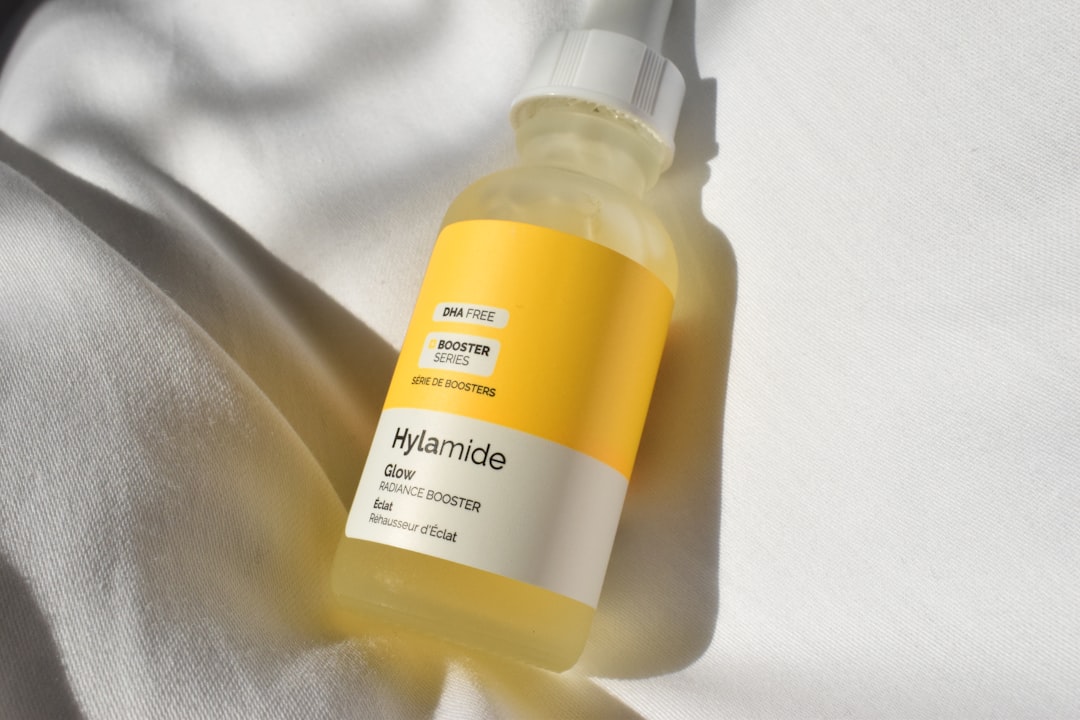Laser hair removal is a popular cosmetic procedure that uses concentrated beams of light to remove unwanted hair. The laser targets the pigment in the hair follicles, heating them up and damaging the follicle to inhibit future hair growth. This process is effective in reducing and eventually eliminating hair growth in the treated area. It is important to note that laser hair removal is most effective on individuals with light skin and dark hair, as the contrast between the skin and hair color allows the laser to target the hair follicles more effectively.
Laser hair removal can be performed on various parts of the body, including the face, legs, arms, underarms, bikini line, and more. The procedure is non-invasive and typically requires multiple sessions to achieve the best results. It is important to consult with a qualified and experienced provider to determine the best treatment plan for your specific needs and skin type. Laser hair removal is a safe and effective option for long-term hair reduction, providing a convenient alternative to traditional methods such as shaving, waxing, and plucking.
Key Takeaways
- Laser hair removal uses concentrated light to target and destroy hair follicles, resulting in long-term hair reduction.
- Before laser hair removal, it’s important to avoid sun exposure, waxing, and plucking to ensure the treatment is effective.
- During laser hair removal, you may feel a slight discomfort or heat sensation, but it is generally well-tolerated.
- Aftercare for laser hair removal includes avoiding sun exposure and using gentle skincare products to soothe the treated area.
- Potential risks and side effects of laser hair removal may include redness, swelling, and changes in skin pigmentation, but these are usually temporary.
Preparing for Laser Hair Removal
Before undergoing laser hair removal, it is important to prepare for the procedure to ensure optimal results and minimize potential risks. One of the key steps in preparation is to avoid sun exposure and tanning beds for at least six weeks prior to the treatment. Sun exposure can make the skin more sensitive to the laser and increase the risk of complications such as burns or discoloration. It is also important to avoid plucking, waxing, or electrolysis for several weeks before the treatment, as these methods can disturb the hair follicles and interfere with the effectiveness of the laser.
Additionally, it is important to shave the treatment area the day before or the day of the procedure. This allows the laser to target the hair follicles more effectively without singeing the surface of the hair. It is also recommended to avoid using any skincare products with active ingredients such as retinoids or alpha hydroxy acids before the treatment, as these can increase skin sensitivity. Lastly, it is important to follow any specific instructions provided by your laser hair removal provider to ensure a successful and safe treatment.
What to Expect During Laser Hair Removal
During a laser hair removal session, you can expect to experience a series of quick pulses of laser light targeting the hair follicles in the treatment area. The sensation can vary from person to person, with some describing it as a mild discomfort similar to a rubber band snapping against the skin, while others may experience a slight stinging sensation. Many modern laser systems are equipped with cooling mechanisms to minimize discomfort during the procedure.
The duration of each session can vary depending on the size of the treatment area, with smaller areas such as the upper lip taking only a few minutes, while larger areas like the legs or back may take up to an hour. It is important to communicate any discomfort or pain to your provider during the treatment so that adjustments can be made as needed. After the session, you may experience some redness and swelling in the treated area, which typically subsides within a few hours. It is important to follow any post-treatment care instructions provided by your provider to ensure proper healing and optimal results.
Aftercare and Recovery
| Category | Metrics |
|---|---|
| Recovery Time | Days or weeks required for full recovery |
| Aftercare Plan | Details of post-treatment care and support |
| Follow-up Appointments | Number of scheduled check-up visits |
| Medication Adherence | Percentage of prescribed medication taken |
After undergoing laser hair removal, it is important to take proper care of the treated area to promote healing and minimize potential side effects. It is common to experience some redness and swelling immediately after the treatment, which typically subsides within a few hours. It is important to avoid sun exposure and tanning beds for at least a week after the procedure, as the skin may be more sensitive and prone to damage from UV rays.
It is also recommended to avoid hot showers, saunas, and strenuous exercise for at least 24 hours after the treatment to allow the skin to recover. Additionally, it is important to keep the treated area clean and moisturized to promote healing and prevent any potential complications such as infection. Your provider may also recommend using a gentle exfoliant to help shed any treated hairs in the following days. It is important to follow any specific aftercare instructions provided by your provider to ensure a smooth recovery and optimal results.
Potential Risks and Side Effects
While laser hair removal is generally considered safe, there are potential risks and side effects that should be considered before undergoing the procedure. Some common side effects include redness, swelling, and mild discomfort in the treated area, which typically subside within a few hours. In rare cases, more serious side effects such as burns, blisters, or changes in skin pigmentation may occur. These risks can be minimized by choosing a qualified and experienced provider who uses appropriate laser settings for your skin type and hair color.
It is important to discuss any potential risks and concerns with your provider before undergoing laser hair removal. Individuals with darker skin tones or certain medical conditions may be at a higher risk for complications and should seek out a provider with experience in treating their specific needs. It is also important to follow all pre- and post-treatment instructions provided by your provider to minimize potential risks and ensure a safe and successful treatment.
Maintenance and Follow-Up Treatments

While laser hair removal can provide long-term reduction in hair growth, it is important to understand that multiple sessions are typically required to achieve optimal results. The number of sessions needed can vary depending on factors such as hair color, skin type, and the treatment area. Most individuals will require anywhere from 4-6 sessions spaced several weeks apart to achieve significant hair reduction.
After completing the initial series of treatments, maintenance sessions may be recommended to target any remaining hairs or new growth that may occur over time. These maintenance sessions are typically less frequent than the initial treatments and can help ensure long-term results. It is important to follow any recommended treatment schedule provided by your provider to maintain smooth and hair-free skin.
Choosing the Right Laser Hair Removal Provider
When considering laser hair removal, it is crucial to choose a qualified and experienced provider who uses safe and effective laser technology. It is important to research potential providers and inquire about their experience, training, and credentials in performing laser hair removal treatments. Additionally, it is recommended to schedule a consultation with potential providers to discuss your specific needs and concerns before committing to any treatments.
During the consultation, it is important to ask about the type of laser technology used, as well as any potential risks or side effects associated with the treatment. It is also important to inquire about the provider’s experience in treating individuals with similar skin types or hair colors as yours. By choosing a reputable provider with experience in laser hair removal, you can ensure a safe and effective treatment that delivers long-term results.
In conclusion, laser hair removal is a popular cosmetic procedure that offers long-term reduction in unwanted hair growth. By understanding the process of laser hair removal, preparing for the treatment, knowing what to expect during and after the procedure, being aware of potential risks and side effects, understanding maintenance needs, and choosing a qualified provider, individuals can make informed decisions about pursuing laser hair removal treatments. With proper preparation, aftercare, and follow-up treatments, laser hair removal can provide smooth and hair-free skin for an extended period of time.
If you’re considering laser hair removal, you may also be interested in learning about the average prices for full-body laser hair removal in the United States. In a related article on inlaserhairremoval.com, you can find valuable information about the costs associated with this popular treatment. Understanding the average prices can help you plan and budget for your laser hair removal sessions.
FAQs
What is laser hair removal?
Laser hair removal is a cosmetic procedure that uses a concentrated beam of light (laser) to remove unwanted hair. The light is absorbed by the pigment in the hair follicles, which damages the follicle and inhibits future hair growth.
How does laser hair removal work?
During the procedure, the laser emits a light that is absorbed by the pigment in the hair follicles. This damages the follicle and inhibits future hair growth. Multiple sessions are usually required to achieve long-term hair reduction.
Is laser hair removal permanent?
Laser hair removal can lead to long-term hair reduction, but it is not always permanent. Some hair may eventually grow back, but it is often finer and lighter in color.
What areas of the body can be treated with laser hair removal?
Laser hair removal can be used to treat unwanted hair on various areas of the body, including the face, legs, arms, underarms, bikini line, and back.
Is laser hair removal safe?
When performed by a qualified and experienced professional, laser hair removal is generally considered safe. However, there are potential risks and side effects, such as skin irritation, redness, and changes in skin pigmentation.
Who is a good candidate for laser hair removal?
Laser hair removal is most effective for individuals with light skin and dark hair, as the laser targets the pigment in the hair follicles. It may be less effective for individuals with light hair or dark skin.
What should I do before laser hair removal?
Before laser hair removal, it is important to avoid sun exposure and tanning beds, as well as plucking, waxing, or electrolysis, which can disturb the hair follicles and interfere with the procedure. It is also important to follow any specific pre-treatment instructions provided by the practitioner.






